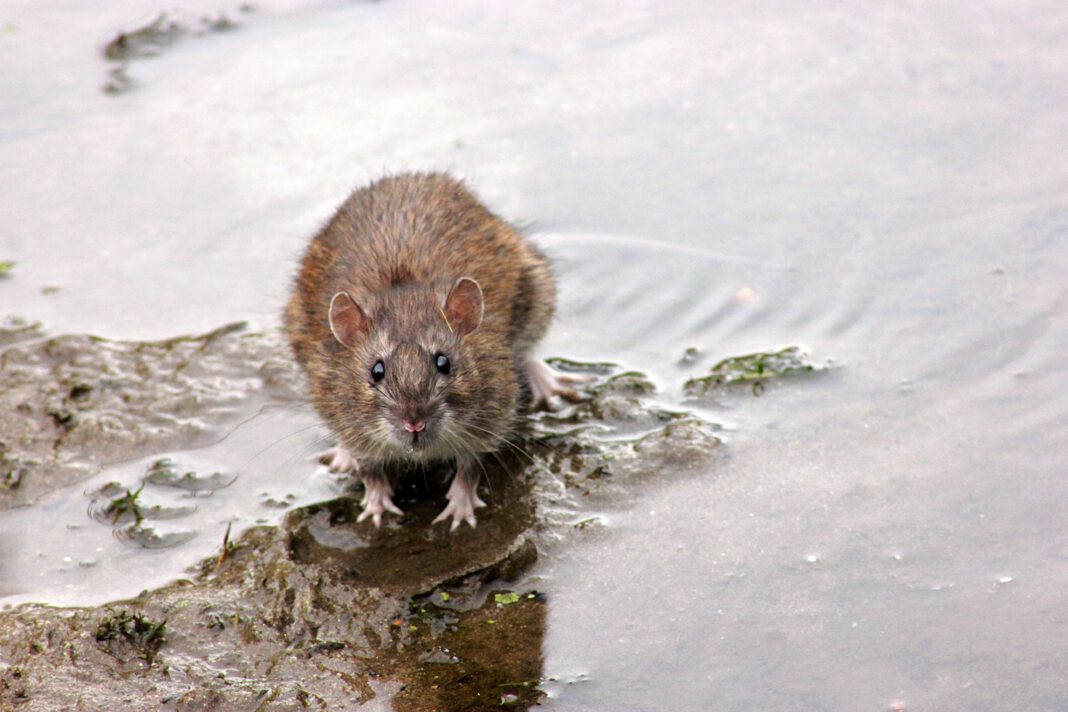In 2019, there were 3,409 reports of rats issued by residents of Amsterdam to the GGD (Municipal Health Service). In 2021, Amsterdammers have reported 7,329 rat-related incidents in their homes. Yikes!
The GGD says that this is a logical development following the coronavirus crisis, reports NH Nieuws. How? People were home a lot, producing more household-related waste.
On top of that, condemned to two years of walks around the neighbourhood, people were more prone to noticing all the rats roaming their streets. 🐀
Are rats dangerous?
Despite this increase in rat reports, there is no need to worry just yet, a representative of the municipal council tells NH Nieuws. However, should the number of rats further increase Amsterdammers might face some problems.
READ MORE | How to survive rats in the Netherlands
For one, rats are just really annoying. They chew on cables, eat your food and leave their waste behind in the nooks and crannies of your (formerly clean) home.
But that’s not all. If worse comes to worst, rats are carriers of diseases and bacteria that can infect humans. Nope. 🙅♀️
What has the municipality done?
In April, the Amsterdam municipality decided to issue a general ‘feeding ban’ to contain the growing rat population, says NH Nieuws.
That means it’s no longer allowed to leave out kernels to feed the birds, or snacks for your favourite neighbourhood cat. The municipality says that left-over food items are the main reason behind all the rats. So make sure to clean up after your park BBQ!
Note: The use of rat poison in outside spaces is prohibited in Amsterdam! The poison can be lethal for dogs, cats and other domestic animals.
Have you noticed the increase of rats in Amsterdam’s streets? Tell us in the comments below.



